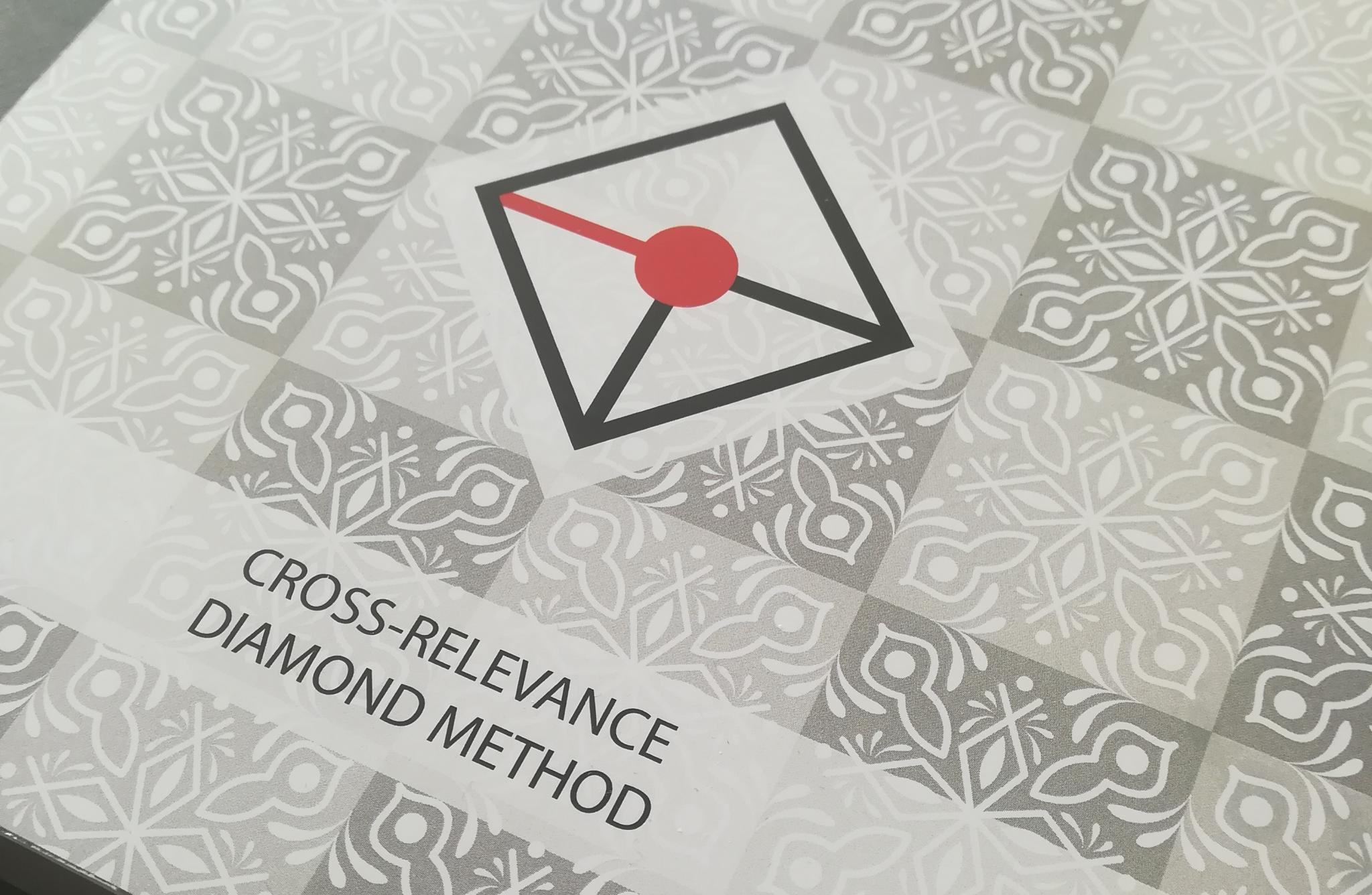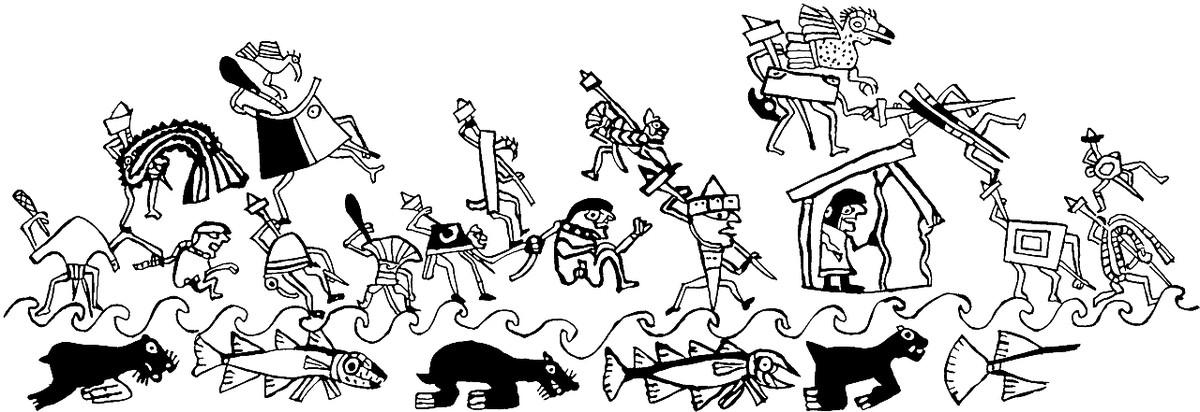Text // César Lucho Lingán
There are different societies, communities and cultures around the world and human history. Currently, we are experiencing a worldwide interconnection never seen before, allowing us to discover and learn about the different societies and cultures thanks to exhibitions in museums or other cultural institutions. However, how we can ensure that the exhibition audiences are going to be able to understand the importance of what they are seeing during their visits? One possible way to answer this question is by understanding what the audience are going to see as products, and why and how these exist in their original contexts.
Products are made in the process of satisfying user’s needs or solving user’s problems in a specific context. These needs can be different, as Maslow showcased them decades ago (Maslow, 1987). Nowadays, the products we are interacting with in our daily life are not only tangible/physical products, but also intangible ones, which are appearing on an exponential level. These intangible products can be digital services like online banking platforms or new urban systems like intelligent traffic and transportation systems.

When people interact with certain products in a specific context, experiences occur. These experiences are going to be perceived by people in a certain way based on different contextual factors like time, location, weather, technology, user’s demographics and emotions. This experiences can occur on a normal basis, like drinking coffee on the mornings, or as extraordinary events, like having an accident. Therefore, designers and product developers should not think about products as isolated entities, but also consider the resultant experience affected by the contextual factors before, during and after the experience itself.
One of these contextual factors is culture, which can be defined as the collection of different social codes developed by a human group (as communities, societies, etc.). Culture shapes products developed by people. Retroactively, products are a form of cultural representation, becoming cultural expressions. This phenomenon repeats across history on a worldwide level, including our contemporary society and its current phenomena like globalization, worldwide corporations and mass media (Du Gay et al, 2013).
With this in mind, an idea is proposed: It is possible to deconstruct cultural expressions to analyse and understand how and why these expressions were developed and which experiences were involved in the process. Furthermore, by doing this analysis, it is possible to understand what are or were the topics addressed by certain societies. Based on this, a follow up idea is proposed: If we can identify the topics from a certain society and compare them with topics from other societies, we can use the shared topics as a bridge to approach different human groups based on an empathic and mutual understanding. Moreover, we can link past cultures with our contemporary society based on shared topics that are still relevant today.
We talk about love today, we know love has been addressed 50 years ago, same as we know love has been addressed 400 years ago and so on. While expressions related to love have been changing across time, the topic at its core is the same. These expressions, are engraved in our collective memory as heritage from our ancestors. Thanks to this, we can recall their relevance in our memory, and imbue them with a contemporary meaning, becoming important to us again (Simon, 2016). Another example: While the movies “The Terminator” (1985) and “The Matrix” (1999) addressed the idea of machines revolting against their creators, in Peru, the Mochica culture addressed this topic almost a millennium and a half before (Neuman and Castillo, 2017).

Anthropomorphic objects capturing human prisoners, Mochica Culture (100-700 CE).
With this approach, we can (re)design how we are understanding and present expressions and cultures from different times and places to our contemporary audiences across exhibitions, celebrating the similarities of our differences in the process. This is the basis of the Cross-Relevance Diamond, the methodological framework for cross-cultural exhibitions that I’m currently developing.
Bibliography:
- Du Gay, P., Hall, S., Janes, L., Madsen, A. K., Mackay, H., & Negus, K. (2013). Doing cultural studies: The story of the Sony Walkman. Sage.
- Maslow, A. H. (1987). Motivation and personality (3rd ed.). Delhi, India: Pearson Education.
- Simon N. 2016. The art of relevance. Museum 2.0.
- McClelland, M. (1999). Anthropomorphic Objects Capturing Human Prisoners.
- Neuman, W., & Castillo, L. (2017, January 21). The Internet of Things Is Coming for Us. Retrieved from https://www.nytimes.com/2017/01/21/sunday-review/the-internet-of-things-is-coming-for-us.html
